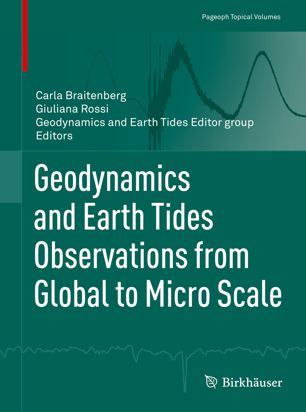

Most ebook files are in PDF format, so you can easily read them using various software such as Foxit Reader or directly on the Google Chrome browser.
Some ebook files are released by publishers in other formats such as .awz, .mobi, .epub, .fb2, etc. You may need to install specific software to read these formats on mobile/PC, such as Calibre.
Please read the tutorial at this link: https://ebookbell.com/faq
We offer FREE conversion to the popular formats you request; however, this may take some time. Therefore, right after payment, please email us, and we will try to provide the service as quickly as possible.
For some exceptional file formats or broken links (if any), please refrain from opening any disputes. Instead, email us first, and we will try to assist within a maximum of 6 hours.
EbookBell Team

5.0
30 reviewsThis volume treats the key aspects that must be known when dealing with continuous space geodetic or terrestrial geodetic observations. The signals of Earth core resonance are discussed, as well as tidal effects on Earth polar motion and on earthquake triggering. Hydrologic loading, be it ocean tides or subsurface water flows, is discussed. These signals compete with crustal deformation observations of earthquakes (e.g., Gorkha 2015) during interseismic periods, and on volcanoes (Elbrus, Caucasus). The instrumentation that is covered includes superconducting gravimeters, continuous seafloor gravimeters, interferometric tilt and strain meters, and GNSS networks.
The articles give an up-to-date account of research in which the Earth tides are a benchmark signal for the sophisticated instrumentation mounted on satellites or the surface, observing time-variable signals of an evolving Earth. Scientists studying the earthquake cycle and geodetic monitoring will find useful material. For students in the geosciences, the collection offers a good overview of the broad spectrum of topics related to the Earth geodetic monitoring.